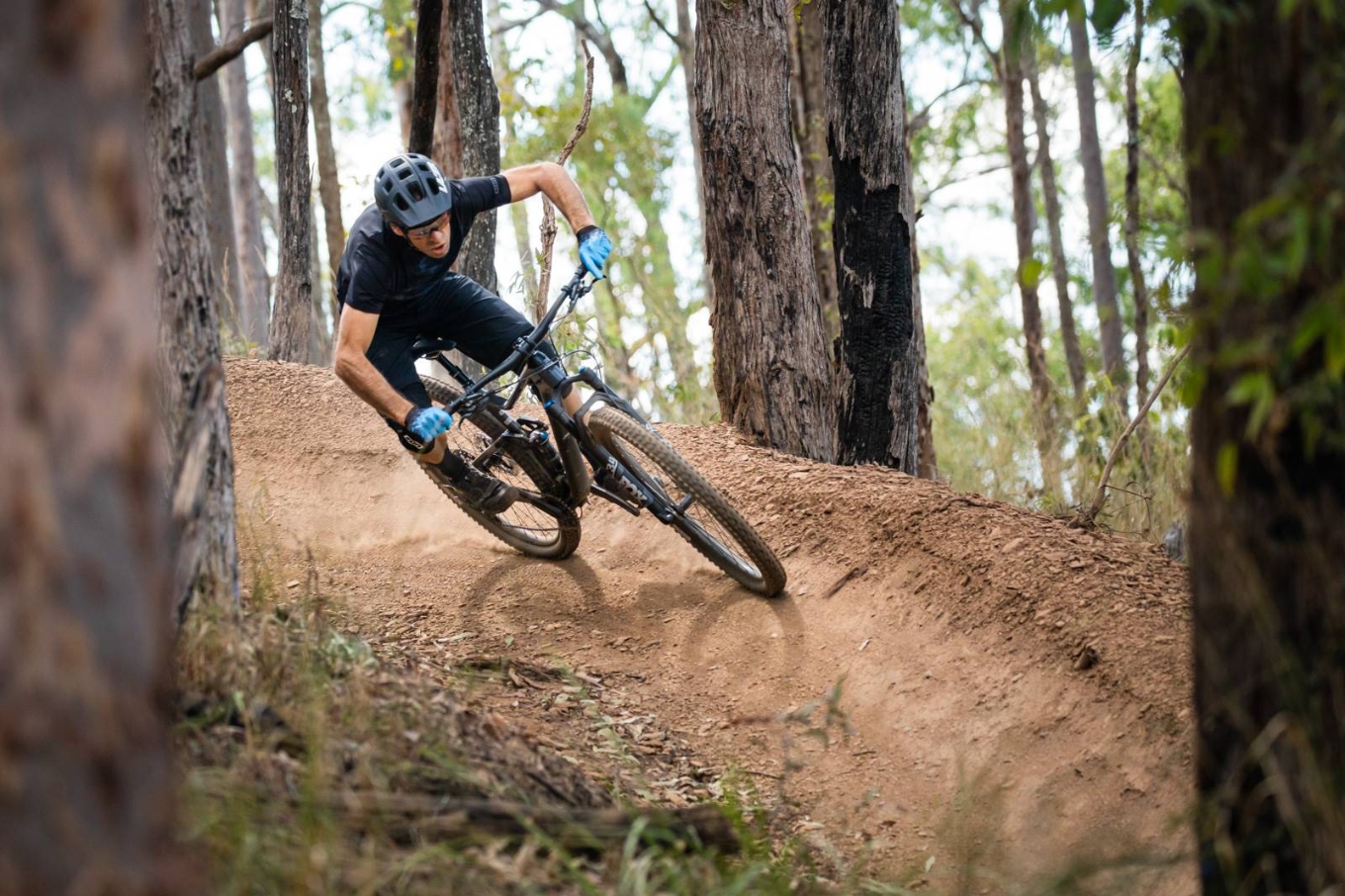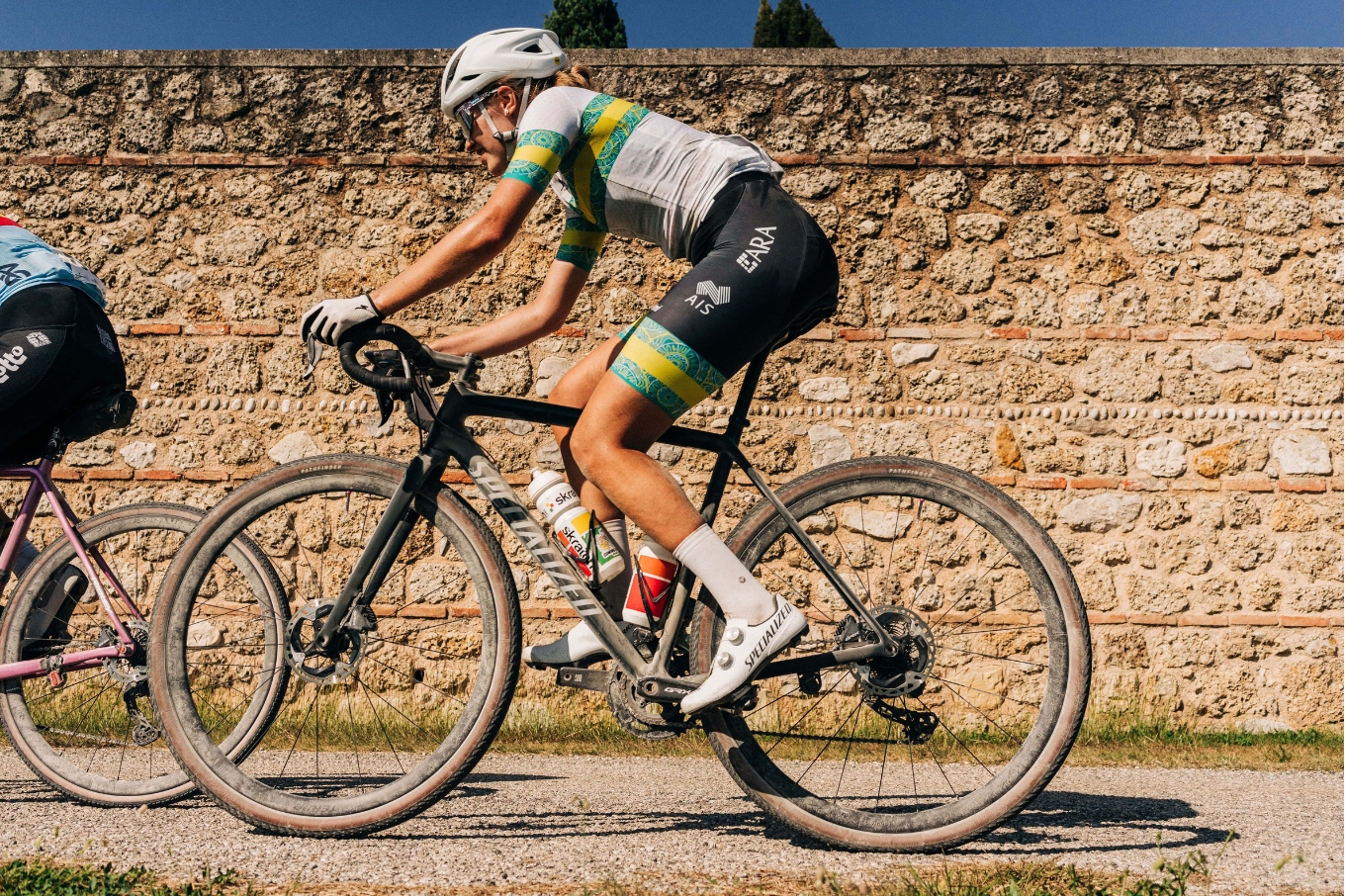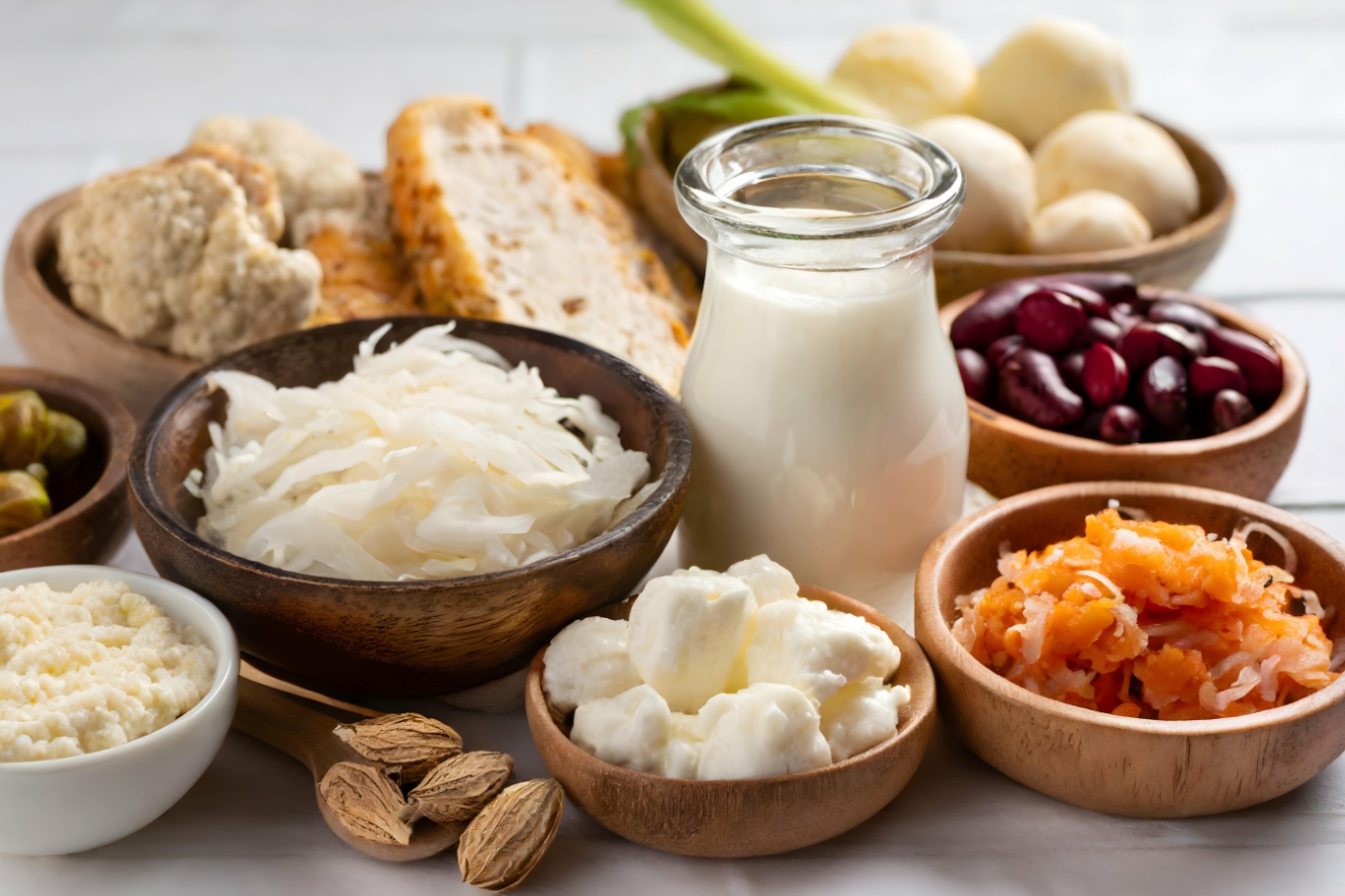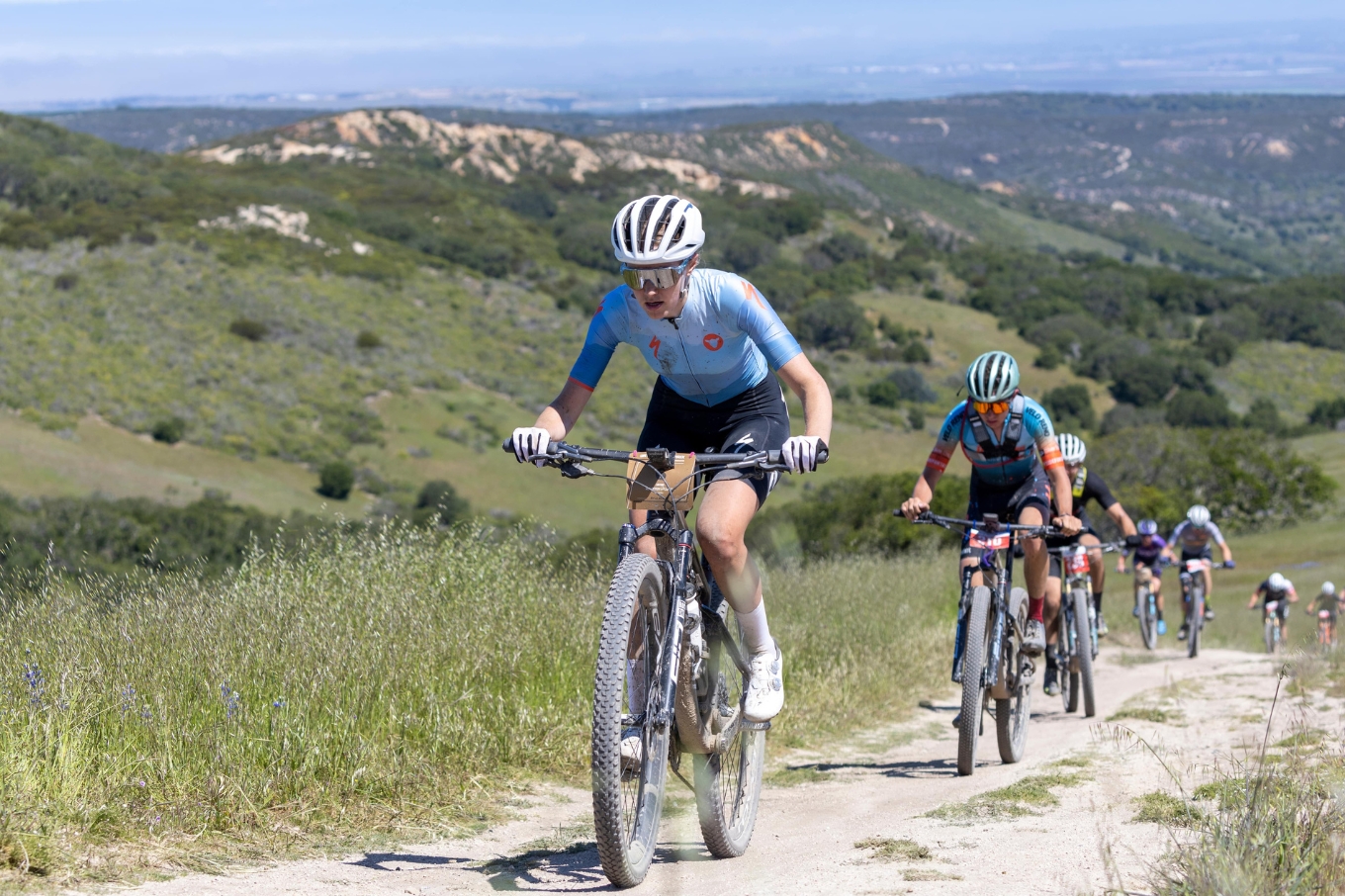Training and the Immune System
Find out how to minimise your risk of getting sick this race and flu season.
Words: Jenni King
Winter and cooler weather are just around the corner which also means the dreaded cold and flu season is coming. This time of year is when I usually find riders are forced to take extended breaks from training due to viruses, infections, stomach bugs etc. In the news you will hear warnings for those sectors of the community most at risk of contracting the flu virus. Generally this includes the elderly, babies and pregnant women.
According to sports medicine experts, endurance athletes should also be considered in this “high risk” category due to lowered immunity following prolonged strenuous exercise. In particular, endurance athletes are susceptible to contracting Upper Respiratory Tract infections (URTIs) including the common cold, sinusitis and tonsillitis. While moderate exercise has been shown to reduce incidence of URTI, excessive exercise can have a negative effect on Immune System function.
‘After strenuous exercise, athletes enter a brief period of time in which they experience weakened immune resistance and are more susceptible to viral and bacterial infections, in particular URTIs. Post-exercise immune function depression is most pronounced when the exercise is continuous, prolonged (>90 minutes), of moderate to high intensity (55-75% of aerobic capacity), and performed without food intake’
*(Gleeson et al. 2013).
Suffering through sickness is never fun for anyone and the longer an athlete is unable to train due to sickness the less fitness gains can be made. While a few days off the bike due to a virus isn’t going to make a huge difference to overall fitness, when an athlete is forced to take a week or more off training, or is having to take numerous days off every few weeks, this can put a huge dent in their preparation for the race season ahead. In this article I have explained the main causes of increased infection rates amongst cyclists and, most importantly, what can be done to minimise your risk of contracting such infection.
INCREASED EXPOSURE TO AIRBORNE PATHOGENS DURING TRAINING
Due to the increased rate and depth of breathing, athletes are exposed to higher levels of pathogens in the environment. Some of the symptoms reported are due to non-infectious airway inflammation caused by cold air, allergy and/or pollutants. However, the majority of symptoms are caused by true viral/bacterial infections.
As well as during training, athletes are also exposed to increased levels of pathogens when they travel to races (particularly during flights), and when surrounding themselves with other athletes prior to races. It is not uncommon for entire National teams to come down with viral infections when staying together prior to big events and is one reason why many athletes have chosen to isolate themselves prior to competing at World Championships and Olympic Games in recent years.
To decrease your risk of airborne pathogen exposure make sure to take the following precautions:
- Avoid contact with infectious people, particularly those “just coming down with something”.
- Young children who have just started childcare/school are particularly risky to be around.
- Keep on top of personal hygiene – washing hands, using hand sanitizer etc.
- Avoid sharing drink bottles.
- Make sure the water you are drinking (or swimming in) is not contaminated and drink bottles are cleaned well before use.
- Avoid shared saunas, spas, showers where possible – bacteria love warm, moist environments.
- Keep hydration levels high to avoid dry mouth and throat.
- Make sure to dress appropriately for hot and cold extremes in temperature.
POST-TRAINING HORMONAL CHANGES
During and post-exercise, levels of certain hormones such as cortisol, adrenaline, growth hormone and prolactin will increase. While this will largely have a positive effect on mood, muscle growth and fat metabolism, an increase in such hormone levels has also been shown to have a negative effect on the immune system and its ability to fight infection. There is definitely a “window of time” immediately after heavy exercise where circulating hormones are high and immune system is suppressed. During this window it is extremely important to take measures to bring the body back to homeostasis. Post work-out nutrition and hydration is very important, as well as adequate cool-down and of course rest/sleep.
POST-TRAINING DROP IN GLUTAMINE
Glutamine is an amino acid found in blood plasma and skeletal muscle tissue which aids in muscle repair and immune recovery. Prolonged and/or heavy exercise has shown to be associated with decreased levels of plasma glutamine concentration. With a considerable drop in Glutamine levels post training, the immune system is unable to work to full capacity and as a result athletes are susceptible to infection.
It can take up to 24 hours for the body to replenish glutamine levels post exercise. Many studies have shown that supplementation of Glutamine straight after exercise will replenish stores a lot faster and therefore aid muscle recovery and boost immune system function. The sports industry is flooded with Glutamine supplements. If you chose to use one, just be sure that it is approved by the Australian Sports Anti-Doping Association (ASADA).
CHANGES TO BLOOD CELLS WITH HIGH CHRONIC TRAINING LOAD
Cyclists who have been training at high loads for long periods of time have been shown to have low levels of circulating Leukocytes and higher than average levels of Neutrophils. This results in the depletion of bone marrow reserves and immunosuppression. The effect of increasing training load too quickly has been shown to be even more detrimental to bone marrow and the ability of lymphocytes to respond to foreign material.
Make sure to plan and monitor your training loads carefully. Remember that training should be periodised and recovery periods are just as important as hard training blocks. Generally, training loads (intensity and/or duration), should not be increased by more than 5-10% on a weekly basis.
It is often assumed that athletes have superior immune system function due to high levels of exercise. While a certain level of exercise can be beneficial to immune function, prolonged and intense exercise will suppress the immune system and it is not uncommon for athletes to contract infection, particularly during winter. Make sure to decrease your risk of infection by taking the precautions I have suggested above. That way your training can remain consistent through winter and you will therefore start the summer season with a solid base of fitness and most importantly in good health!
*Gleeson M, Bishop NC and Walsh NP (2013). Exercise Immunology. London: Routledge (Taylor and Francis)







